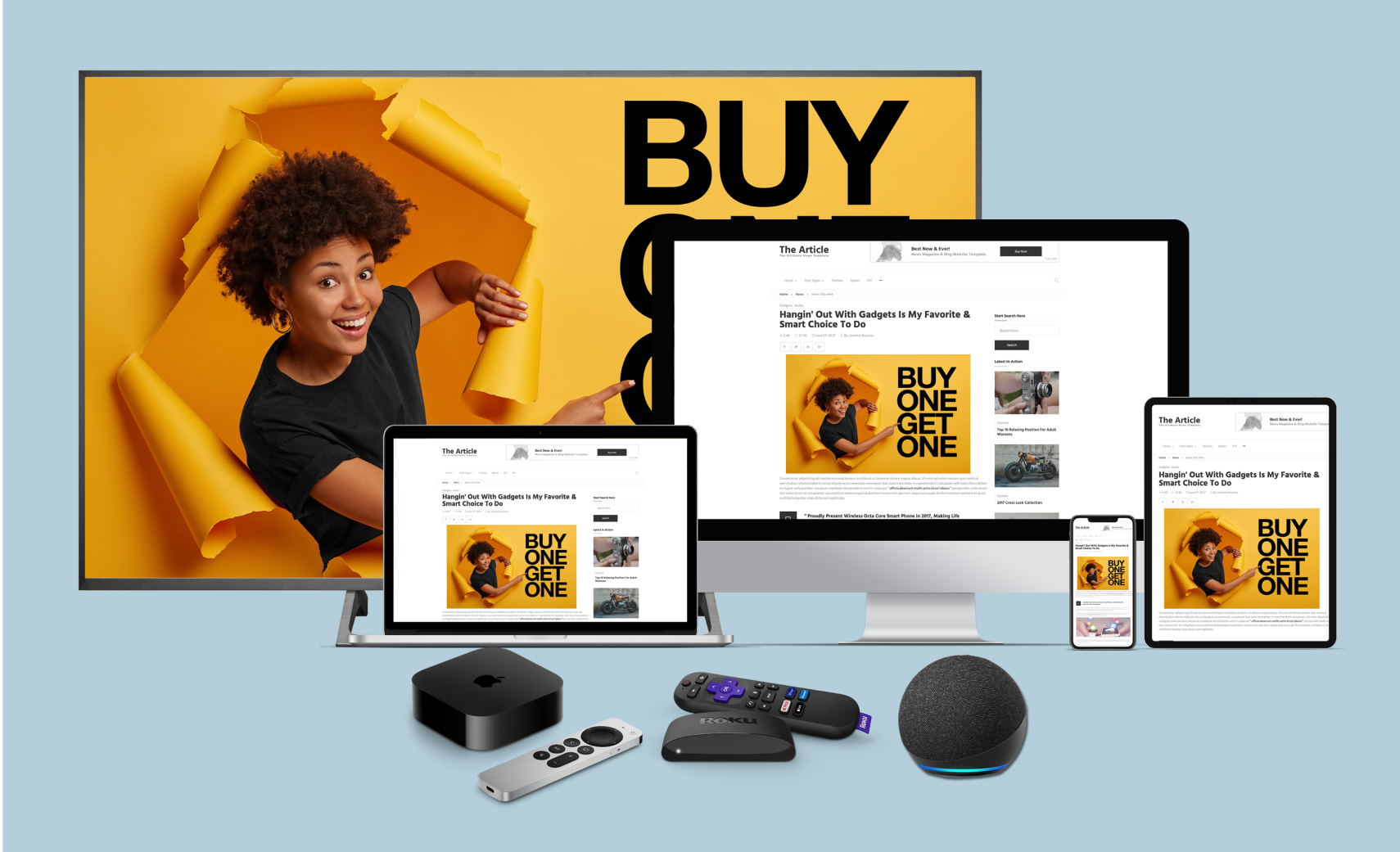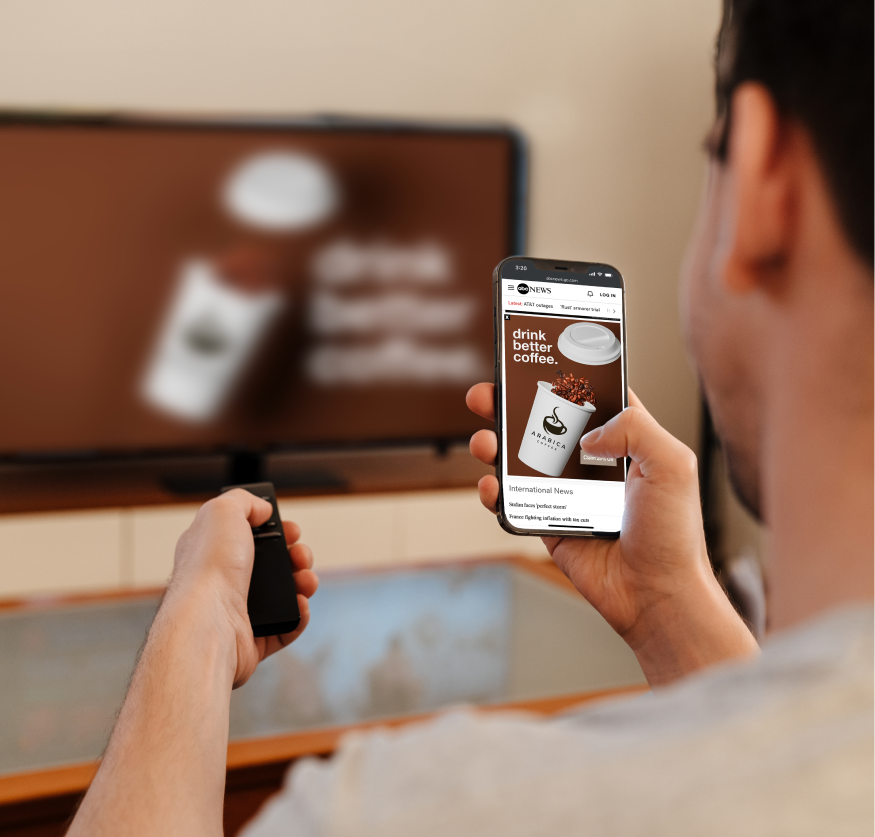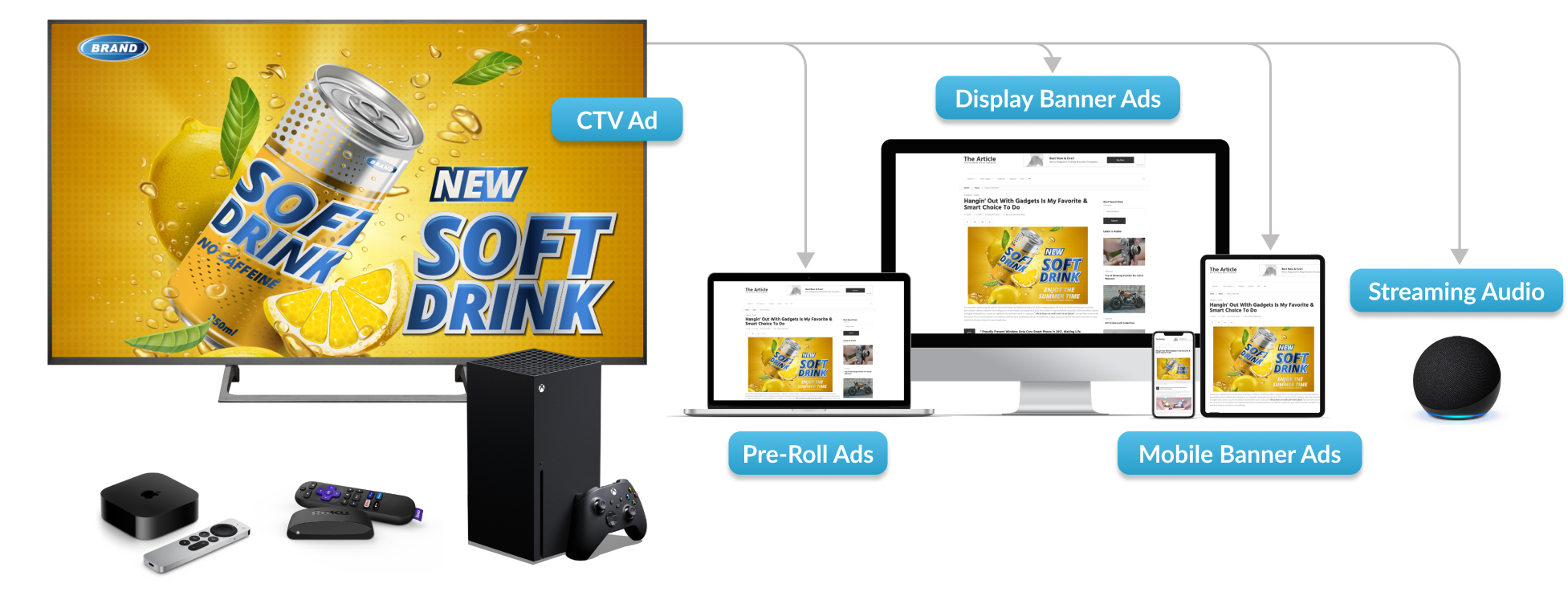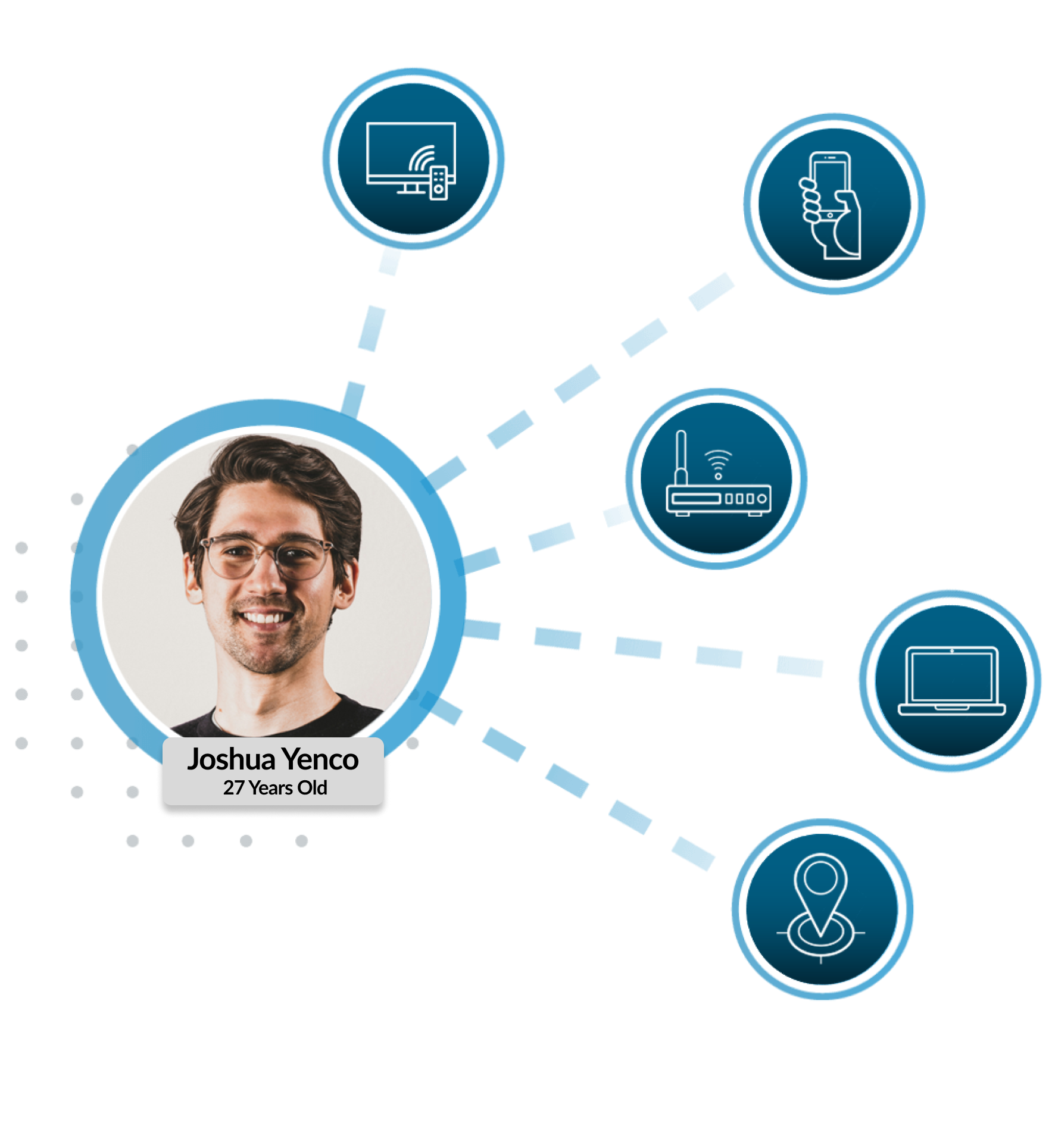At Strategus, we’ve transformed the living room TV into a high-converting marketing channel. Agencies and brands rely on us to develop full-funnel campaigns that deterministically re-engage viewers on every device.
CTV Cross-Device Retargeting
Make Your TV Ads Work Harder Across Every Device

Powered By


The Living Room TV Is Where It All Starts
CTV ads run on the most important screen in the house: the living room TV. But that doesn’t mean you should neglect laptops and smartphones. Why? The digital nature of CTV advertising makes it possible to retarget the same users on other devices, thus driving conversions in clickable environments.
Retargeting Turns CTV Into a Performance Channel
We take a unique approach to CTV advertising that combines big-screen ads with retargeting across the programmatic ecosystem. By perfecting the delivery of omnichannel campaigns across digital touchpoints, we drive campaign performance and brand affinity, a.k.a. results.
What Is CTV-Cross Device Retargeting?
It used to be that TV advertising did little more than increase brand awareness. Seeing an opportunity to drive better results, we designed our CTV solutions to follow viewers across multiple screens with a down-funnel strategy.
We call this CTV cross-device retargeting.
At Strategus, we develop cross-device campaigns that re-engage viewers who’ve been exposed to a CTV ad across supplementary channels. For instance, we might run ads for a law firm on their target viewers’ living room TV, and then re-engage these same viewers with additional Online Video, Display, and/or Streaming Audio ads.
This gives brands and agencies a way to deliver the best message at each touchpoint — and create cohesive omnichannel experiences that increase engagement and drive conversions.

Retarget Your Audience Across All Screens

How Does CTV Cross-Device Retargeting Work?
Because CTV ads run in digital environments, marketers gain access to data about who sees their ads and what actions they take. This makes it possible to develop sophisticated cross-device campaigns that follow up with viewers who’ve been exposed to a brand on complementary channels and devices.
At Strategus, we use deterministic matching to retarget prospects across the entire programmatic ecosystem. This method relies on precise identifiers from our identity graph partners, thus ensuring that retargeting efforts are focused on users who’ve previously seen a brand’s CTV ad.

increase conversions by
200%+
versus ctv-only strategies
Engage
with CTV
Re-Engage
with cross-device
retargeting
Measure
with an industry-leading attribution suite
The Benefits of CTV Retargeting
When combined with a down-funnel strategy that delivers the best message at each touchpoint, CTV retargeting keeps your brand top-of-mind until a buyer is ready to convert.
Go Beyond Awareness
While traditional TV advertising only delivers on brand lift, CTV retargeting transforms the living room TV into a performance channel that drives results.
Ensure
Multi-Device Experience
Every customer touchpoint should build on the last interactions. CTV retargeting does just that by delivering the best message at each step of the journey.
Double Conversions
Retargeting drives action by allowing users to click through to your website while actively engaging online — increasing conversions by more than 200%.
Connect All The Dots
With the right marketing
attribution and reporting capabilities, you’ll gain the insight needed to tie ad impressions to revenue.
Retarget Viewers on Every Screen and Device
The average household now has 16 connected devices. And because it can take seven or more exposures to a brand before customers are ready to buy, integrating all of these devices into a cohesive strategy is key to converting prospects.

Online Video

Display Ads

Streaming Audio

Digital Out of Home

Connected TV
Results You Can Count On
Hackard Law
10X
Return On Investment
Babcock Ranch
14K+
Online Conversions
Ford Dealer
$1.5M
Revenue Generated
Turn Big Screen Exposure Into Multi-Device Conversions
Omnichannel retargeting is the future of TV advertising — driving substantial improvements in the revenue generated from ad spend. But to get it right, you either need a CTV-first partner like Strategus or substantial in-house resources and CTV expertise.
So what are you waiting for? Find out how we can work with you to develop omnichannel campaigns that build awareness on the living room TV and then drive conversions across supplementary channels.

Talk to an Expert
Learn More About Strategus’ Capabilities:
24/7 Reporting
Gain insights anytime with round-the-clock reporting, optimizing your CTV campaigns with real-time data.
Attribution
Measure your CTV campaign success with precise attribution tools, linking ad exposure to outcomes.
Targeting
Utilize advanced targeting on CTV to reach your ideal audience with precision and relevance.
Programmatic CTV
Harness the power of automation in CTV advertising for efficient, real-time ad buying and placement.
Premium Inventory
Elevate your campaigns with premium, high-impact inventory.













